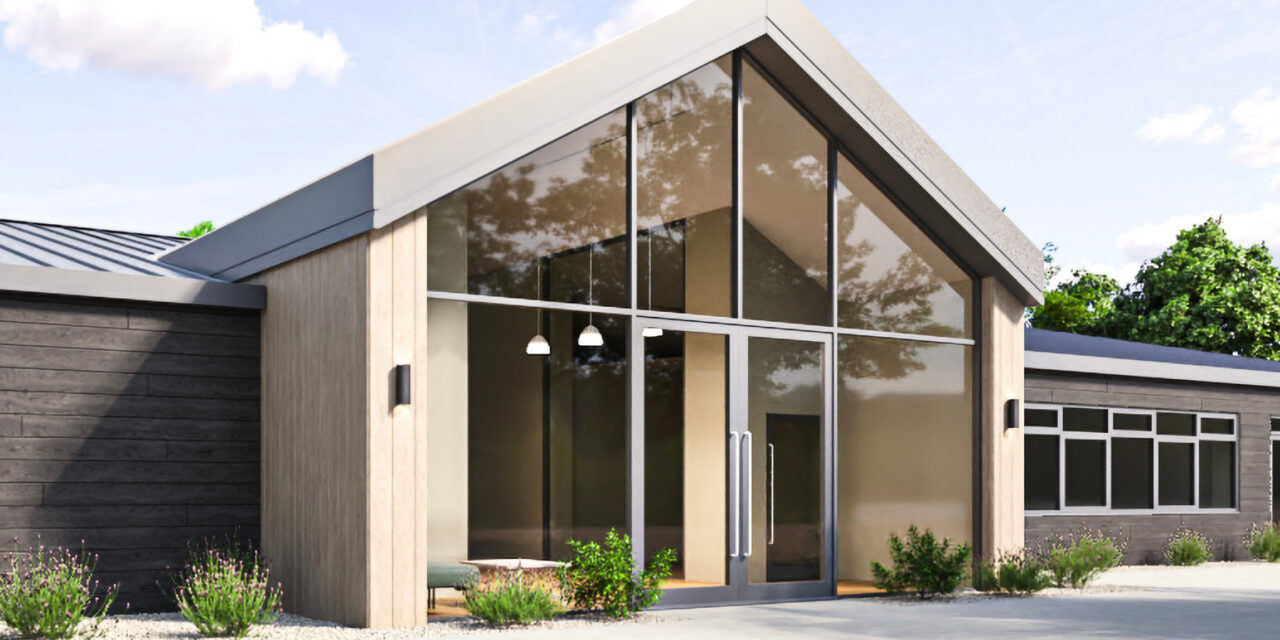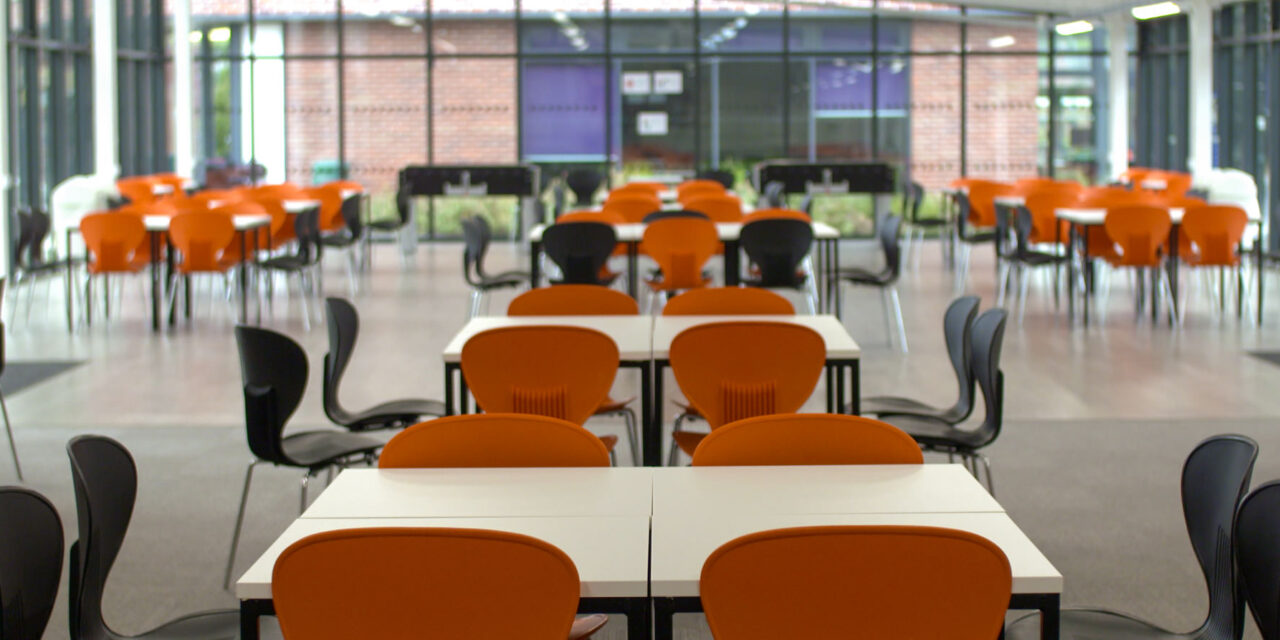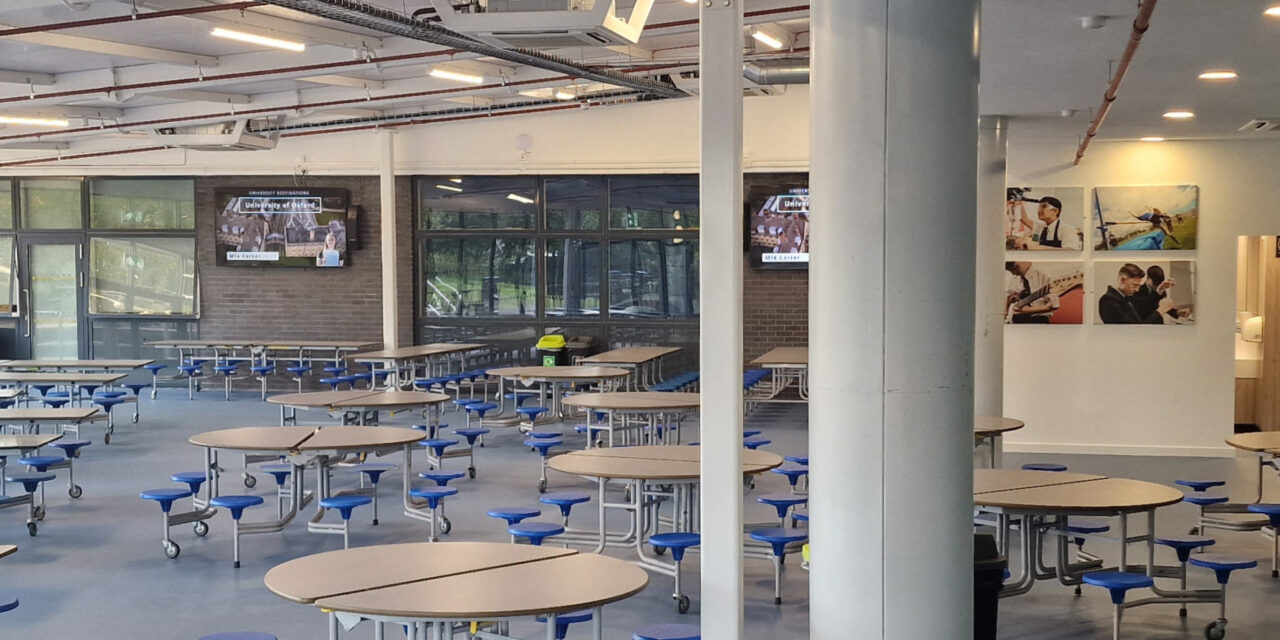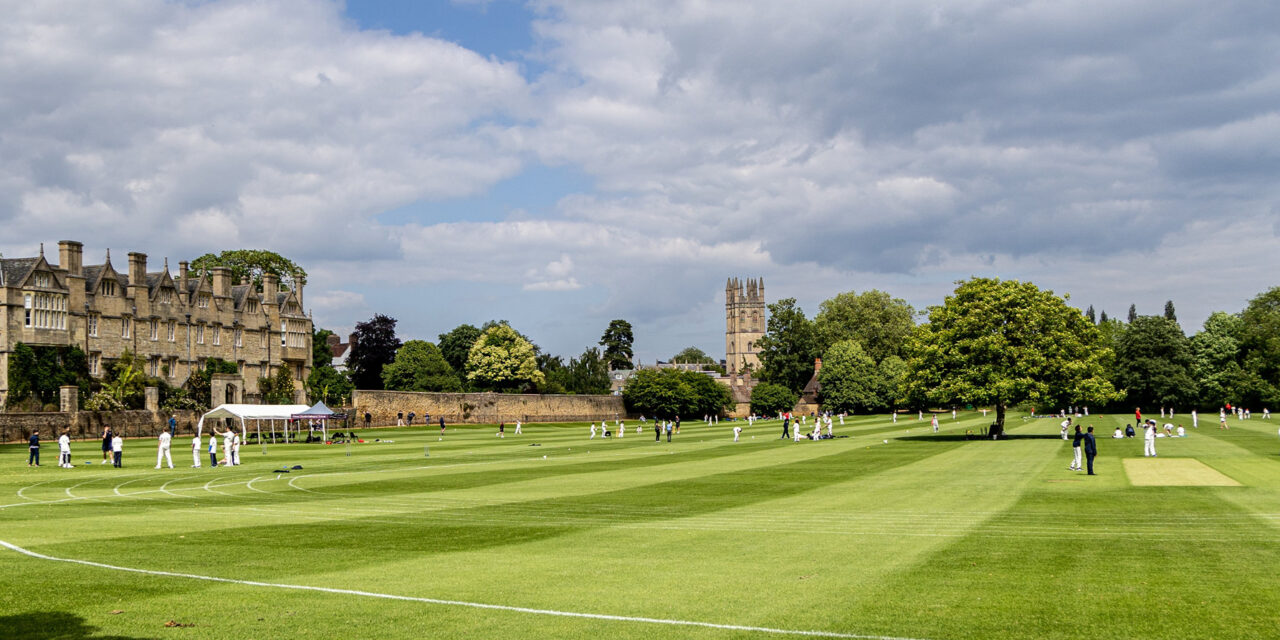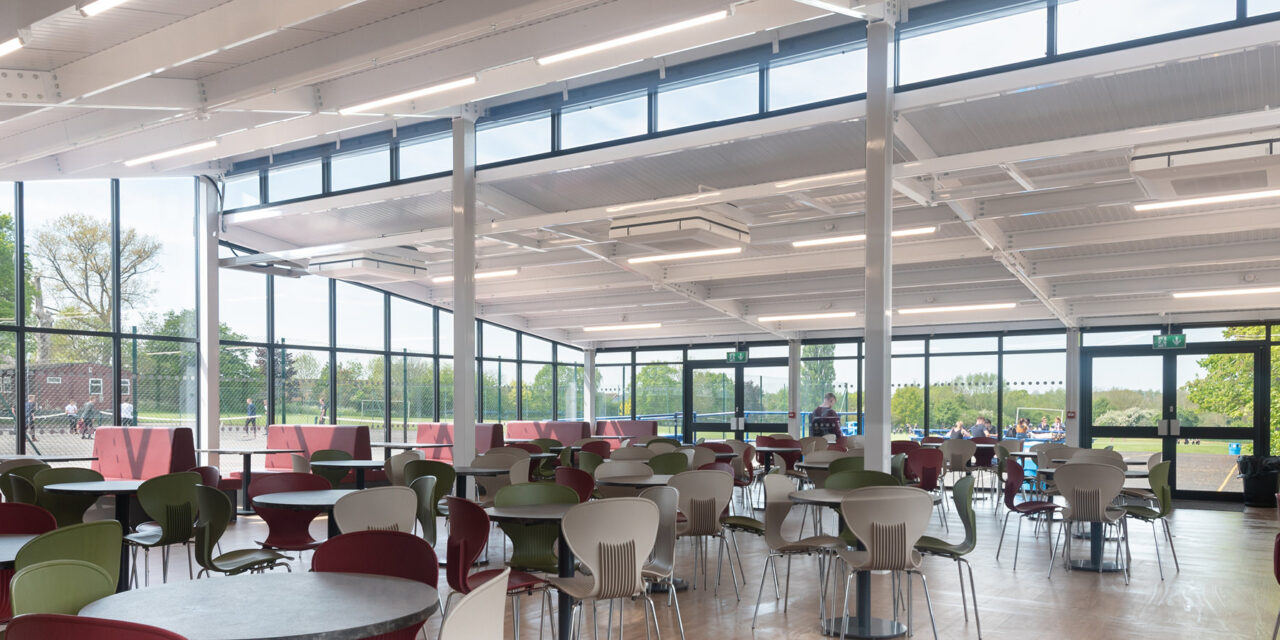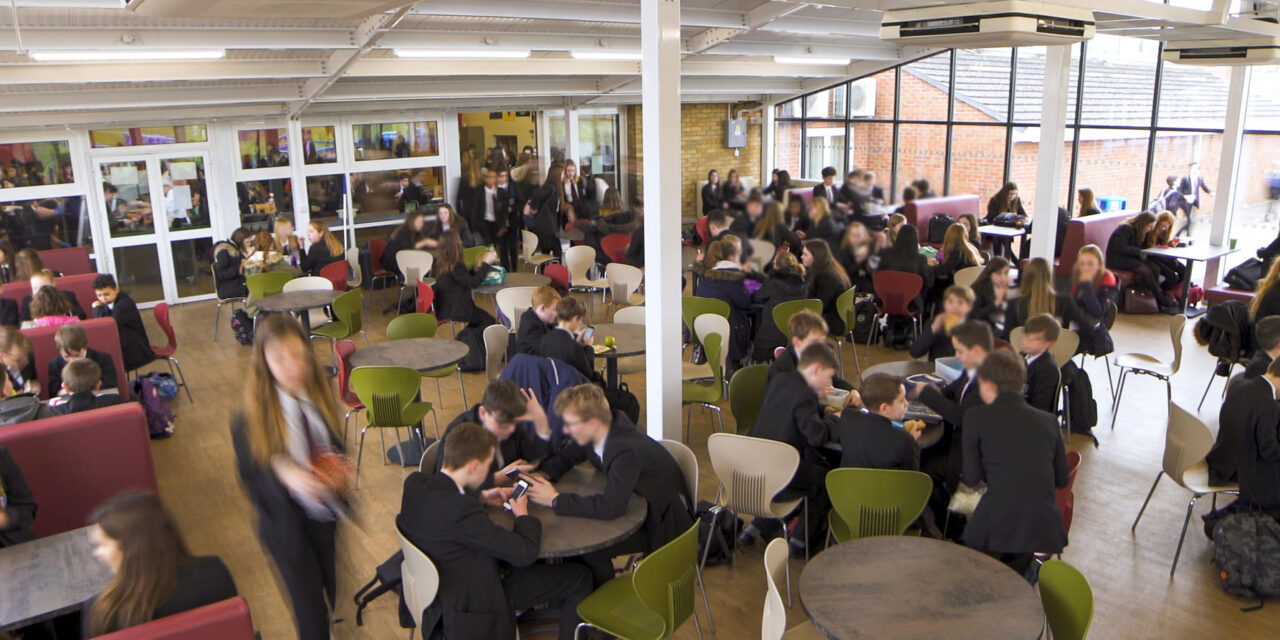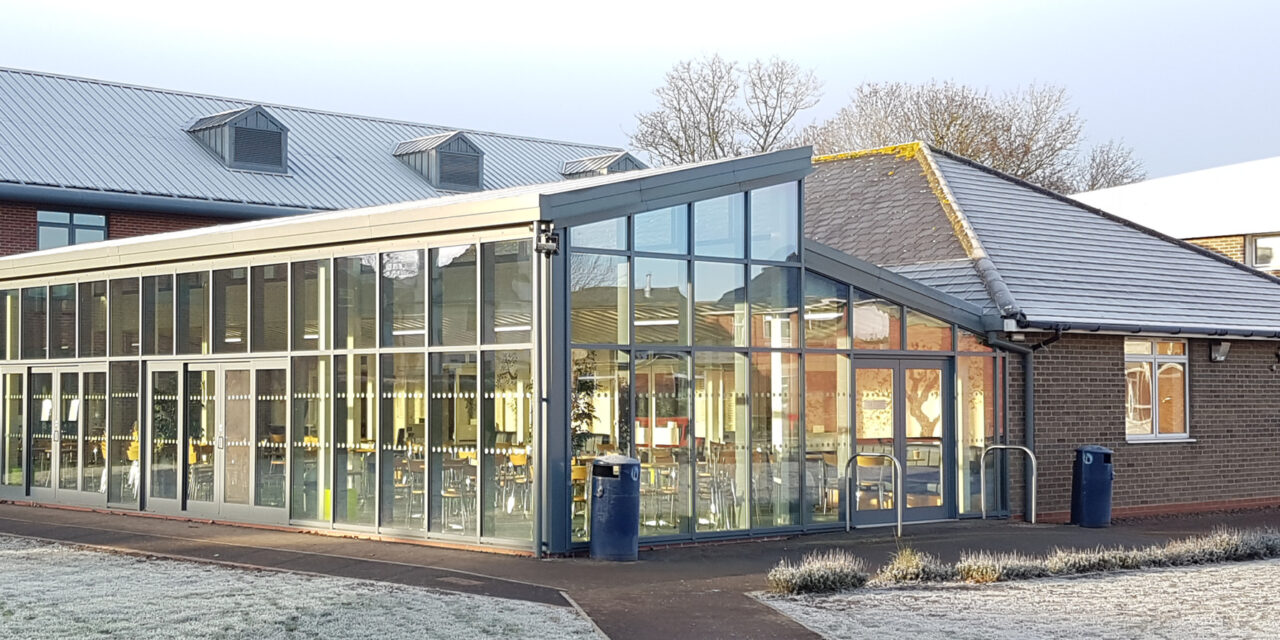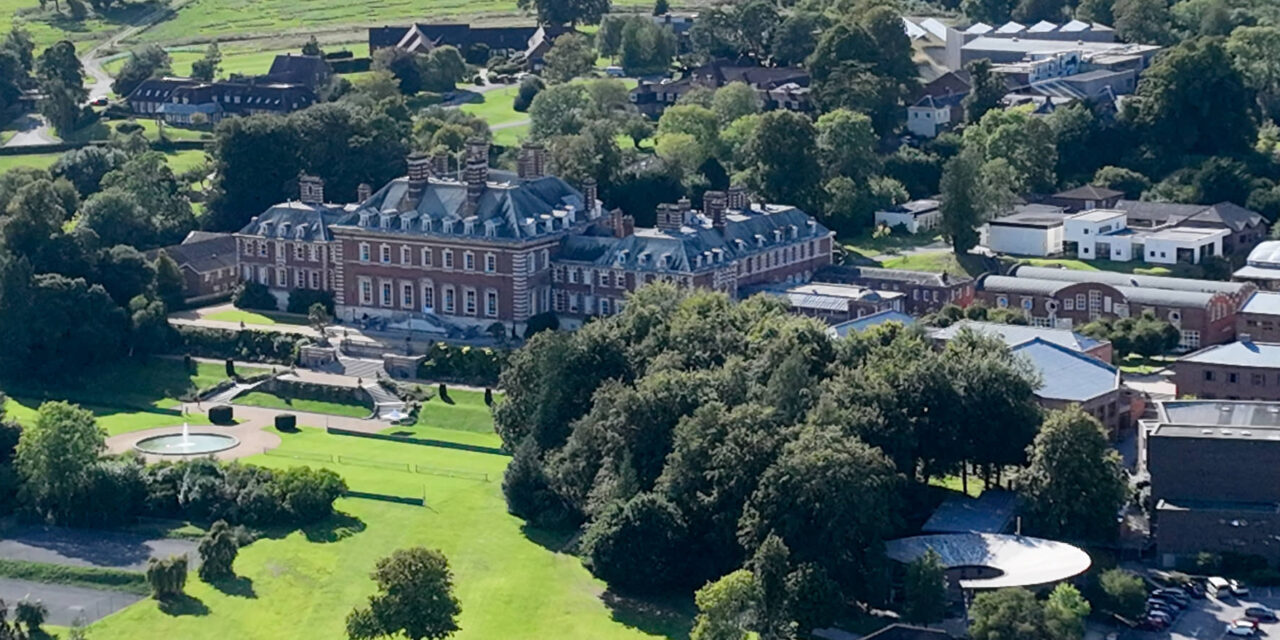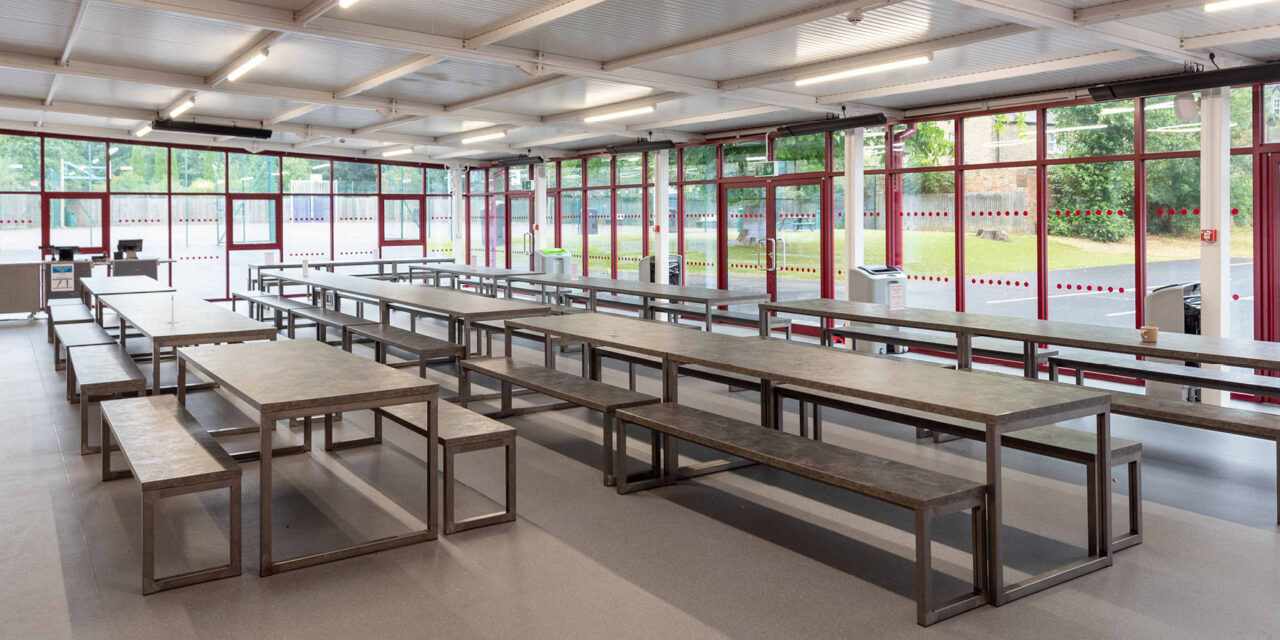Why We Need Dedicated, Quality Sixth Form Environments
In the state school and academy sector, post-16 provision is growing in importance. Whether as a route to higher education, apprenticeships or employment, the two years of sixth form represent a critical transition. However, many schools still treat Year 12 and 13 as simply the upper years of the main school, rather than as a...


